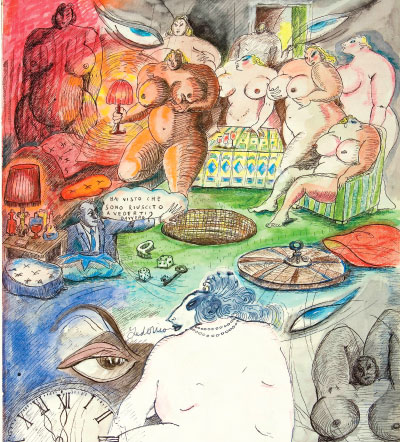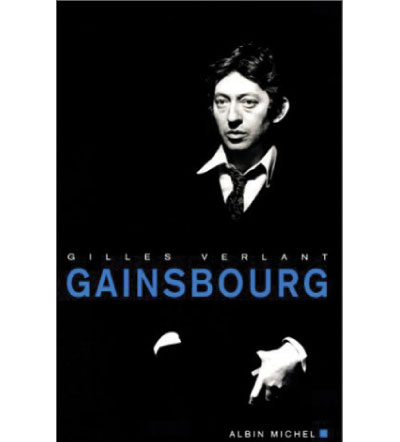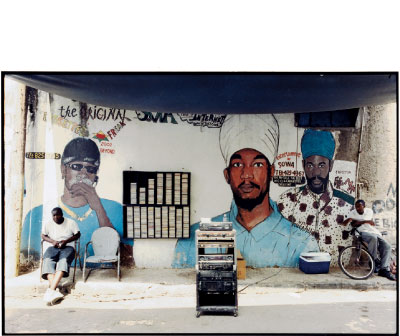
All images courtesy of Gestalten

Doesn’t the phrase “fleeting architecture” seem like an oxymoron? A successful building is one that’s built to last, right? If you’re in the market for, say, a new house, you probably wouldn’t judge each prospect by how quickly it could be disassembled and transported to another city. At least not right now. But your priorities may be different in 2020.
For the architects and artists whose work is featured in the gorgeous hardcover Spacecraft 2 (Gestalten; $75), designing and promoting ephemeral structures is an M.O.— one that’s expanding and complicating our built environment. The thesis behind the book has been on the minds of designers for decades: permanent buildings don’t always work. They often cost too much money and waste too many materials. And they could easily be razed in 20 years anyway, so what’s the point? In some cases, a pavilion or exhibition space, or even a house, will serve us best if it’s designed with its own dissolution in mind. Plus, a building that’s modular and/or temporary will have a smaller carbon footprint than one built using traditional construction methods.
(more…)

Photographs by Richard Avedon (c) 2008 The Richard Avedon Foundation. Sean Penn, actor, San Francisco, 2004

Although a life-long photographer who preferred his images to speak for themselves, Richard Avedon had a remarkable way with words. His ability to cut through things with a few short, incisive lines could often make him seem more like a sage than a lensman. After all, he’s the photographer who famously said that every photograph is a lie — a chosen lie at that — not “The Truth”, as was the artistic conceit of the day. There’s a perfect example of this ability in an Avedon quote inscribed at the beginning of Performance, a collection of well-known images of performing artists he took throughout his career, published in October by Abrams: “We all perform. It’s what we do for each other all the time, deliberately or unintentionally. It’s a way of telling about ourselves in the hope of being recognized as what we’d like to be.” It’s this insight into humanness, and his never-ending fascination with it, that made Avedon such a great photographer. After all this time, and four years after his death, it’s nice to rediscover how much I truly enjoy looking at his pictures. Truth? Lie? Chosen reality? These are impertinent questions in the face of images that achieve exactly what Avedon intended them to. So open your eyes, look, and enjoy the show.
(more…)

Courtesy of Hatje Cantz Verlag GmbH & Co. KG

If complacency generates mediocre art, the works in Iranian Photography Now don’t have the luxury of this problem. Showcasing the work of thirty-six photographers — some already well known and some still emerging — the styles in this volume run the full spectrum from journalistic to fine art. There’s an urgency on these pages, where tradition and modernity go head
to head.
For instance Mehraneh Atashi’s series takes a glimpse inside a traditional zourkhaneh, which literally means “house of strength”, a kind of spiritual gym for men that combines physical exercise, religious chants, and recitations from epic literature. Atashi manages to play with the mirrors in the space, so her own image appears alongside them. Amirali Ghasemi’s documentary series, Tehran Remixed, is a journey into the city’s underground life. His images capture young people drinking, smoking, dancing, and flirting like they do all around the world. However in this case their faces have been whitened out to protect their identities; their actions might be deemed inappropriate by the authorities.
(more…)

Fondazione Federico Fellini

If dreams are a window into the unconscious, then Federico Fellini left the keys to his locked in a Roman bank vault. His Book of Dreams, a surreal record of the stories revolving around his head at night, has been tied up in legal red tape since the Italian director’s death in 1993. Now, freed at last, it displays all the fireworks of Fellini’s overactive imagination on paper and feels more personal than any straight diary could. ”When I was six,” Fellini once said, “I was convinced we had two lives, one with our eyes open and another with them closed. I baptized the four corners of my bed with the names of movie theatres and the show started as soon as I shut my eyes.” Recent studies have shown that on average, just one percent of our dreams relate to sexual satisfaction. In that, Fellini must have been an exception to the rule. (more…)

Tam Tam Art Direction & Design by Tom Recchion + Joseph Shuldiner

Tam Tam Books specializes in English translations of 20th-century French provocateurs such as Boris Vian, singer-songwriter Serge Gainsbourg, and the Situationist International’s Guy Debord. Vian’s To Hell with the Ugly and The Dead All Have the Same Skin come out this year, and a 600-page biography on Gainsbourg will follow in 2009. Owner and editor Tosh Berman sat down with PLANET° to discuss his personal campaign against blandness.
Where does the name Tam Tam come from? Josephine Baker, an African-American entertainer from St. Louis who went to France and became a mega-star in the 1920s, made a movie called Princesse Tam Tam. For me, this name symbolizes the bridge between U.S. pop culture — especially black culture — and French culture. So why is it important for English speakers to read these authors’ works? These days, artists are not willing to provoke their audience. Once upon a time artists were there to destroy everything; now they’re there to accept everything — meaning money and a career. The art world has become very corporate in its mentality. The words “career” and “art” don’t really mix, yet now they do. In that sense, the dictionary definition of art has totally changed.
(more…)

Photo By Allen Benedikt

What do biker gangs in Tokyo and tombstones in a South African township have in common? According to Roger Gastman and Caleb Neelon, they are both part of a rising subculture of global urbanites who create art and entertainment using their surroundings. Because young people travel and bring their customs and fascinations across borders, this culture becomes a global phenomenon. In Street World, a collection of over 500 photographs taken by amateurs and professionals on five different continents, the editors display bold, full-page images of street culture’s various façades in chapters divided by theme — skateboarding, hip-hop, fashion, graffiti, and transportation. Diamond-studded teeth, kids hanging out in the streets of New York, and colorful shots of people all over the world standing in their closets are also considered part of the movement.
(more…)





 Facebook
Facebook Permalink
Permalink Digg
Digg Reddit
Reddit LinkedIn
LinkedIn StumbleUpon
StumbleUpon Tumblr
Tumblr







